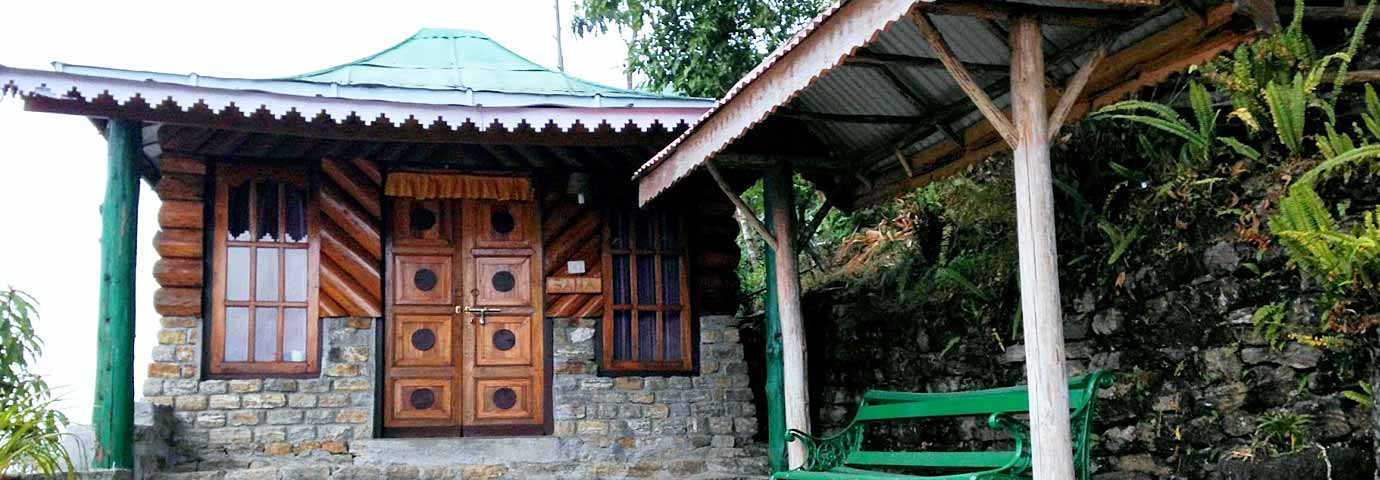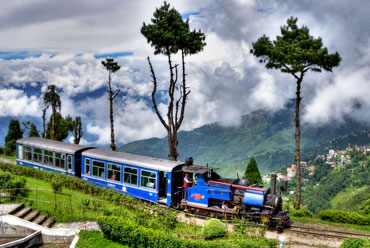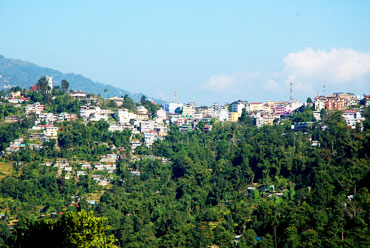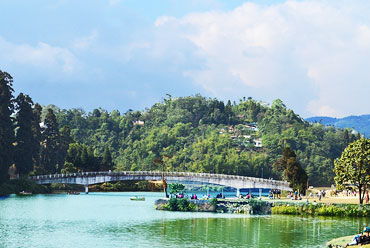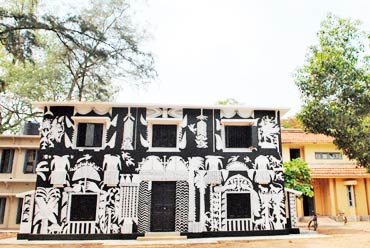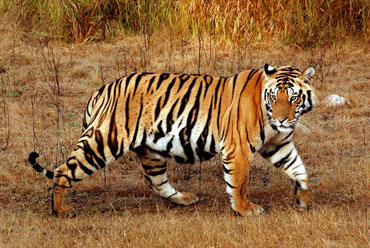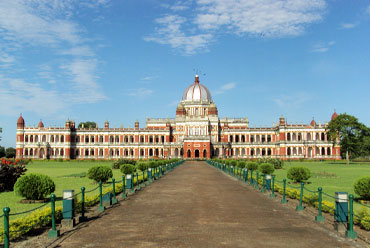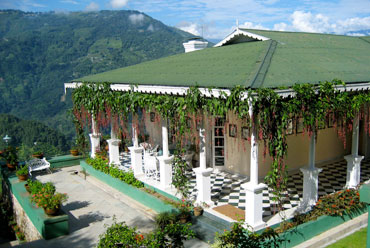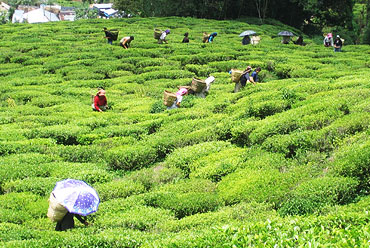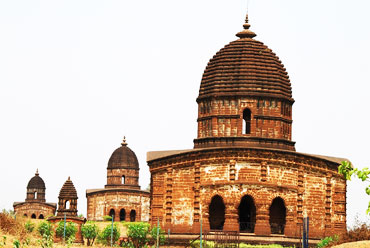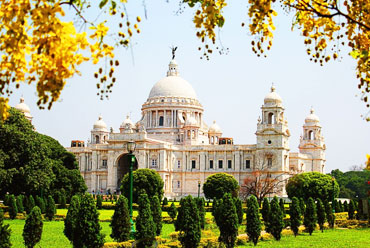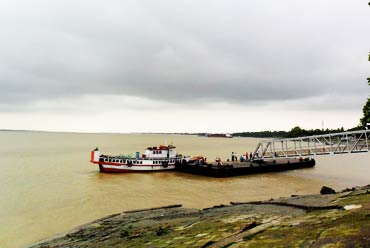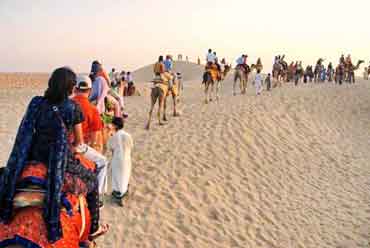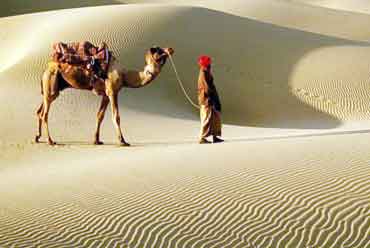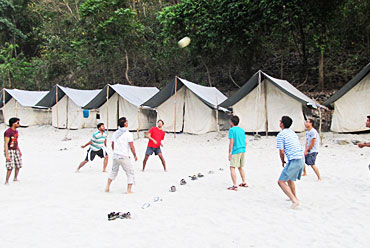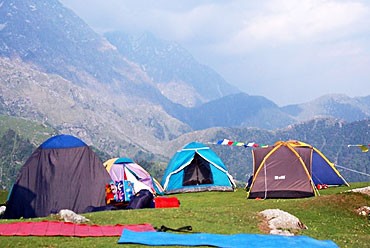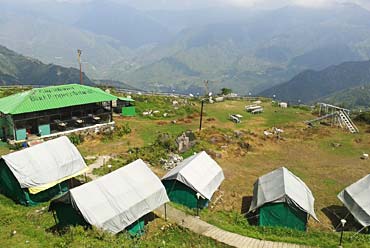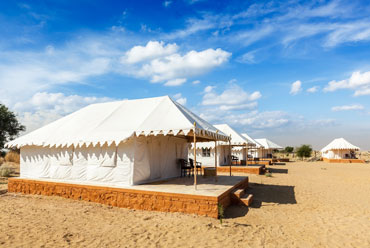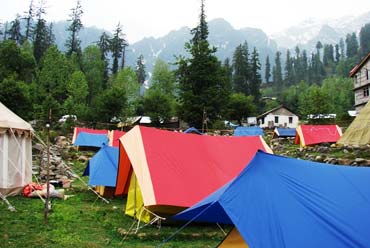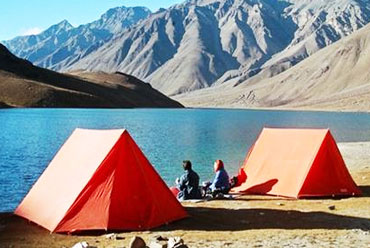Settled at an altitude of 1868 min the alluring Kalimpong hills of West Bengal, Neora valley is greatly known as a national park. The fact that it is one of the last ecosystems existing in the Eastern Himalayan region of India; at a triangular junction point of Bhutan, Sikkim and West Bengal, it has its significance greatly intact. The national park gets high praises for its amazing bio-diversity that not only adds to the beauty of this side of India, but is also a natural habitat for a lot of endangered species.
Camping at Neora valley is the best way to explore this lesser known naturally fabricated zone. The valley has acres of dense jungle territories that are remote of interferences and so your best escapades in the Himalayan wild. There are a number of jungle camps established at different locations in Neora. Followinga sustainable development and wildlife protection protocol, these jungle camps adhere to ecological measures of living.
How to Reach
Neora Valley in the Darjeeling district of West Bengal has Kalimpong as its nearest town. In order to make it to the national park, one has these following options:
By Air: The nearest airport to Neora is Bagdogra in the west Siliguri region (145 km away). After landing at Bagdogra, tourists can hire a taxi directly to the National park. To save money, make use of the bus service to reach Siliguri (13 km away from Neora) and then a taxi to reach your destination.
By Rail: If you wish to travel by train, then book your ticket for Darjeeling railway station, nearest to Neora Valley (30 km away). From there, taxis and cabs are readily available for the national park.
By Road: Travelling altogether by road to Neora national park leaves you with two options. One travels 100 km from Siliguri to Kalimpong and then a further 32 km run to the entry point of Lava. Bus service is readily available for this route. If you go by the other route, then you will have to travel to Chalsa from Siliguri and then a further journey to Samsing. Samsing is only 18 km from Neora National Park.
Best time for camping in Neora Valley
Neora valley blooms in different ways as per the changing seasons. When it is cold winters, the regions offers some of the best mountain views. While the summers is the season for blossoming flowers. Avoid monsoons as the national park remains closed during that time. Post monsoon time is highly suitable for the visit as it gives a longer duration of time to visit. Therefore, the best time for camping in Neora valley is between the months of October and April.
Where to Go
For nature enthusiasts and wildlife lovers, there lies many camping options in the Neora valley. One of them is the ‘Neora Valley Jungle Camps’ which offers accommodations in the Kolakham region. At this luscious green camp site, tourists get to live in cottages. Some cottages of it are located in the extreme wilderness offering isolated moments for campers. Due to this reason, these are mostly preferred by couples. Campers can have a nice view of the mighty Kanchenjunga peak as the sight acts as a backdrop of these camps. These cottages are fitted with all the necessary amenities of comfort livng.
If you are travelling little tight on budget, then opt for Red Panda Eco Huts, which is also situated in Kolakham.
Camping activities
The unspoiled ecosystem of Neora valley offers numerous options to get close to the nature. As this biodiversity has a lot of endangered species as its kids, wildlife watching is the best thing that you can do during your camp stay. The camps offer wildlife safaris in the dense habitats of Neora. As per the estimates, the region has more than 200 species of birds. Thus, bird watching can be your next best thing.
Enthusiasts have many more options to make their camping experience wonderful. The camp sites are in proximity to various short and long trekking trails, which run through diverse landscapes and magical waterfalls. A tour to the village of Kolakham and excursions to the nearby tea estates are also some of the activities that one can get indulged at the camp sites in Neora valley.

